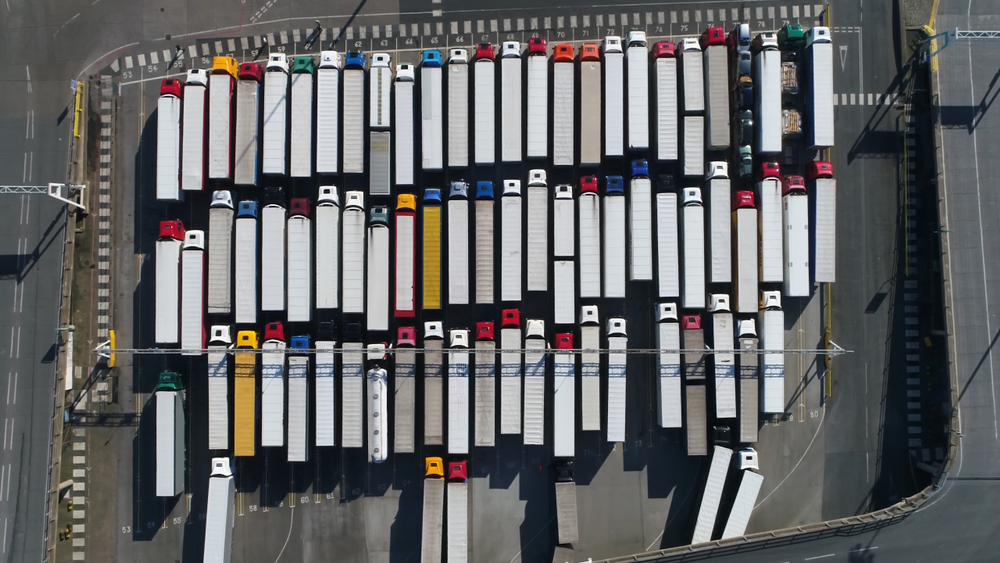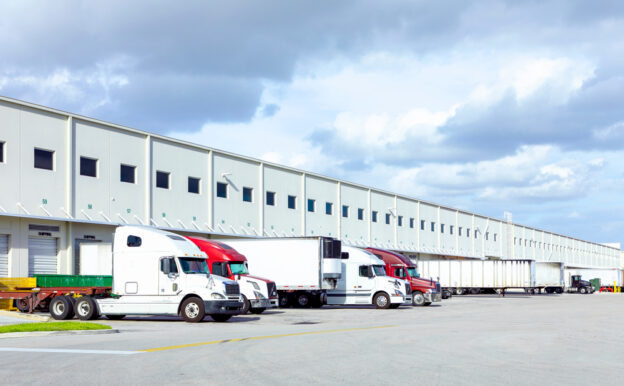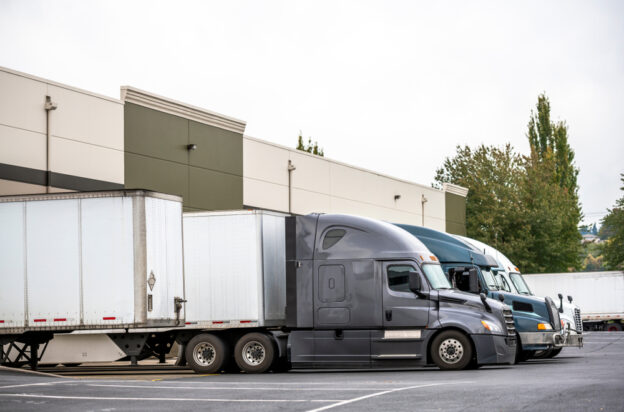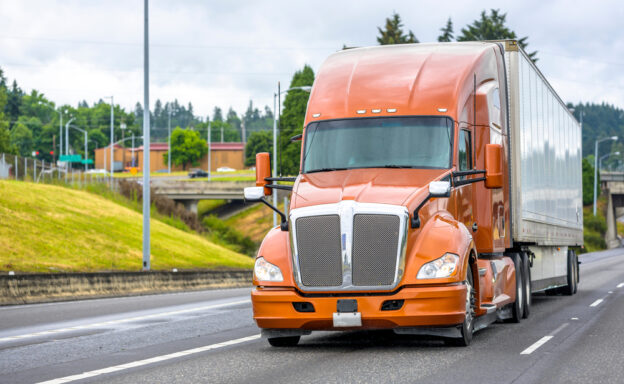In a perfect world, no organization would be in a situation where they need access to cash flow to cover their payroll expenses before their own accounts receivable come in. Unfortunately, we don’t live in a perfect world.
Oftentimes, circumstances beyond your control get in the way. Maybe there was a situation where a job didn’t go as expected. Maybe a client is taking too long to pay for their own reasons. Regardless, payroll funding in freight is there to meet your needs so that you can meet your obligations, no matter what.
What is Payroll Funding?
As stated, payroll funding is a type of service that offers companies immediate cash flow to cover payroll expenses as needed. Think of it as a type of short-term financing designed to make sure you’re able to meet your obligations to keep your business moving forward, regardless of what life happens to throw at you.
How Does Payroll Funding Work in Freight?
When you work with a payroll funding provider, the first thing you do is submit the outstanding invoices that you have to your partner of choice. These are invoices for work that you’ve already performed and are awaiting payment from clients, or that are a part of a similar situation.
Your payroll funding partner will then provide you with a percentage of the invoice value in advance. This can be a way to cover not only your payroll needs but other operating costs as well.
When the client pays the invoice, the payment is not directed to your business, but to the payroll funding provider.
At that point, everything can be reconciled, and you can keep things running smoothly. Typically, any fees that you are assessed are calculated based on the amount of the outstanding invoices.
Advantages of Payroll Funding
For smaller organizations in particular, the biggest advantage of payroll funding comes by way of immediate access to cash flow. Payroll obligations don’t wait just because a sudden winter storm hit your area, causing a delay in work. With payroll funding, you can meet your obligations while still giving your clients the time they need to meet theirs.
Flexibility is another major advantage of payroll funding, as it’s an easy way to adapt to ever-changing business conditions. Payroll funding isn’t something you’ll need to leverage every month, or even regularly. But when the need does arise for whatever reason, it’s always an option worth exploring.
This can also lead directly to one of the long-term benefits of payroll funding: superior business growth. With your own cash flow free, you can now invest in other areas of the organization where that money can make the most impact. It can be a way to purchase new equipment, or even to expand your fleet. The point is, that you can suddenly take advantage of opportunities as they arise instead of watching them pass you by.
Another long-term benefit comes by way of the credit improvement your business will often enjoy. Payroll funding is a way to demonstrate that you’re able to reliably keep track of your financial obligations. The longer you’re able to do that, the better your credit rating is – leading to better opportunities as a result.
Disadvantages of Payroll Funding
Of course, none of that is to say that payroll funding in freight is the perfect solution for every business. As always, you need to consider your specific needs when making a decision – especially regarding financial matters.
When you participate in payroll funding, you’ll always have a certain level of dependence on the provider you’ve selected. That’s why it’s so critical to do your due diligence ahead of time to make sure that you’re finding a partner that will operate with your best interest at heart.
Payroll funding is not free, and some companies may have an issue dealing with the long-term costs. But again – this is not something that is intended to be used on anything other than an as-needed basis. If you find that you need payroll funding often enough to where the costs are eating into your ability to function, you likely have issues elsewhere that you’ll want to investigate.
How to Qualify for Payroll Financing
Qualifying for payroll funding is ultimately a straightforward process that isn’t that different from applying for something like a loan.
You’ll need to provide documentation that your business is in sound working order, for example. That includes business licenses, financial statements, proof of outstanding invoices, and more. Your creditworthiness will also be assessed during this time.
The quality of the invoices you’re submitting will also need to be of a certain record. If the invoices you’re submitting are from clients who have an established history of not paying in full, the chances are slim that a payroll funding provider will want to take on that risk.
What to Look for in a Reliable Payroll Fund Provider
When looking for a payroll funding provider, the first thing you’ll want to research is a company’s reputation. Read reviews and, if you can, speak to past clients to make sure you’re finding an organization that you’re comfortable with.
You’ll also want to compare providers in terms of fees, interest rates, and the other elements that go into their terms of service. This is absolutely one of those situations where you need to prioritize transparency above all else.
Customer service is also critical. If you have an issue, you want to make sure that you’re never more than a phone call away from someone who will be able to help.
Finally, you’ll want to look at the speed at which funding will be available to you. Part of the appeal of payroll funding is that it is a fast way to access the cash flow needed to meet your obligations. If a provider isn’t offering the “fast” part of that agreement, you’ll probably be better served elsewhere.
Do You Need Payroll Funding?
Ultimately, the decision of whether you need payroll funding in freight is yours alone to make. If there are other ways to get the money you need with more favorable terms and conditions, you are encouraged to explore them. But for many, payroll funding is a perfect way to meet their obligations, accelerate business growth, and enable financial stability – all at the same time.
If you’d like to find out more information about payroll funding, or if you’d just like to discuss your own needs with a team of passionate and dedicated professionals in a bit more detail, please reach out to the team at Advanced Commercial Capital today.













